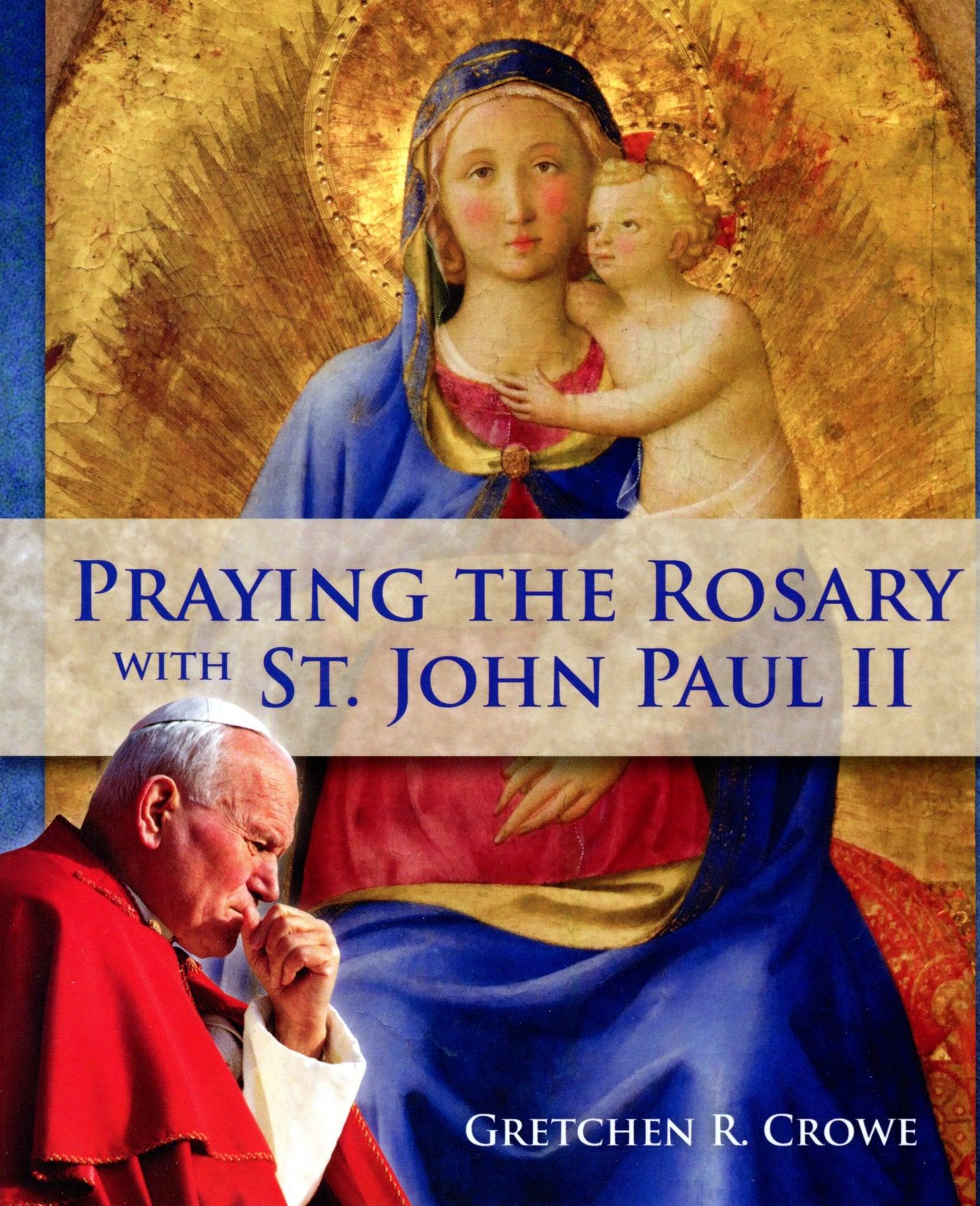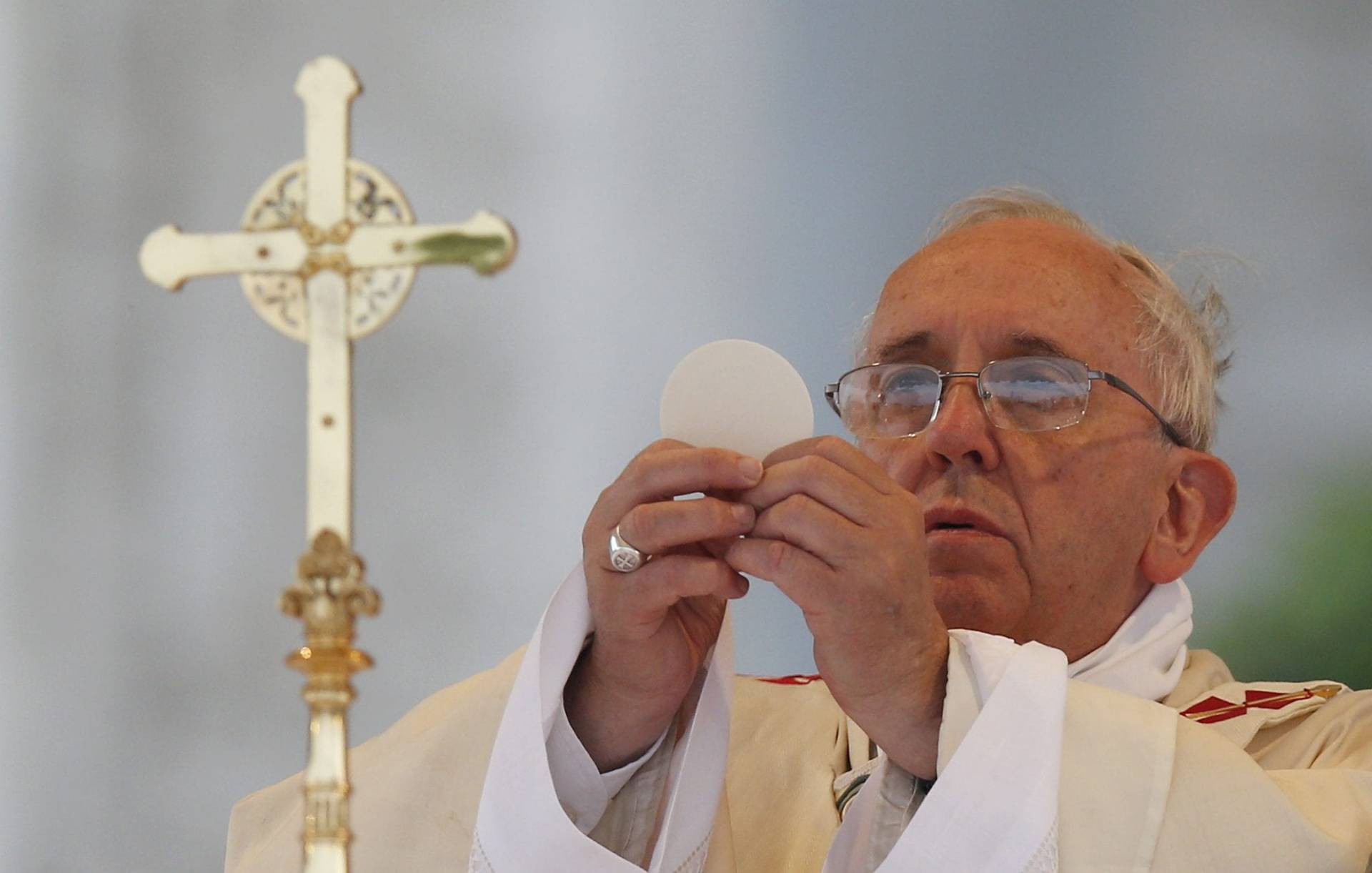They say “the Devil is in the details.” Now he’s in Detroit.
Just before the witching hour of midnight last Saturday, a nine-foot statue of Baphomet was presented to the world by the Detroit chapter of The Satanic Temple. Hundreds of devotees gathered in a warehouse for a ceremony Satanic Temple organizer Jex Blackmore called “The Unveiling.”
“Who or what the hell is ‘Baphomet’?” Baphomet is a representation of occult principles first sketched by 19th-century occultist Eliphas Levi. With the head and hooves of a goat and a human torso, the winged image is crammed with occult symbolism. Rising from the lap of the Pan-like god is the phallic caduceus of Mercury. Above his head is the pentagram of diabolism, and between his arching horns, a torch. On each arm are inscribed the alchemist’s motto “Solve” and “Coagula” — “separate and combine.”
The history of the image is tied up in the usual hugger-muggery of magic and the obscurity of the occult. The name “Baphomet” first appears in 11th-century manuscripts describing the occult practices of the Knights Templar. Some scholars think “Baphomet” is an Old French corruption of Mahomet or Mohammad, the theory being that the Templars adopted elements of the Islamic religion into their secret rituals. Others theorize that the name is derived from the Greek words baphe metous referring to the Templars’ initiation rites or “the Baptism of Wisdom,” while some connect it with cabalistic codes and Hebrew ciphers.
Whatever Baphomet’s history, the terrifying statue was unveiled in a ceremony that had all the gothic theatricality one would expect from an outfit dramatically named “The Satanic Temple.” In a society which seems increasingly irreligious, rational, and dismissive of both angels and demons, what’s the point?
Jex Blackmore (a pseudonym) explained to TIME magazine’s Nash Jenkins: “Baphomet contains binary elements symbolizing a reconciliation of opposites, emblematic of the willingness to embrace, and even celebrate differences.” One arm of the idol is masculine and one feminine. The clearly phallic caduceus is countered by female breasts, creating a clearly androgynous demon. Baphomet therefore seems a strangely suitable image for the gender fluidity of contemporary American culture.
The Satanic Temple’s stated aim is to test America’s religious freedom laws. They plan to have the Baphomet statue transported to Arkansas, where they hope it will stand opposite a monument to the Ten Commandments. What’s good for the Bible-believing Christians of the Bible belt, they argue, should be good for the Satanists. If the Ten Commandments have a place in the public square, so should Satan.
Do the devotees of Detroit’s devil promote the worship of Satan? They deny it. They say Baphomet represents Satanic principles. He is a literary figure representing “rationality, skepticism” and “speaking truth to power, even at great personal cost.” This was the same muddled pseudo-intellectual defense for the Black Mass that was proposed and then canceled at Harvard last year. Do they worship Satan? It’s hard to deny it when the 700-strong ceremony of unveiling was begun by chants of “Hail Satan.”
Whether they worship Satan or not is beside the point. Every Catholic priest has, to a greater or lesser extent, heard about or ministered to people whose lives have been psychically, psychologically, and spiritually damaged by occult activities.
My own experience occurred when I was a young Anglican priest. I was serving in a town in England where a creepy charlatan named Alex Sanders lived and ran a coven. He claimed to be the successor of famed occultist Aleister Crowley.
One Saturday morning, a 15-year-old girl, all dressed in black, knocked on my door. She was visibly panicked, and after she came in she told me that she had been “hanging around with the witches” and that “something evil” was “following her.” When I picked up the phone to call an older priest who was experienced in the healing ministry, the girl began to scream, “It’s inside me! It’s inside me!” She then began to manifest the symptoms you see in the movies. Her face went a sickly green color. Her eyes rolled back, and she began to blaspheme in a horrible, guttural, alien voice.
It was the most terrifying experience of my life. I was blessed that the older priest was available. He arrived, took one look at the situation, and performed an exorcism on the spot. I believe because the girl had only just been infested, she was delivered quickly and easily. From my study of the phenomenon, and conversations with exorcists, the deliverance is rarely so quick.
Over the years in ministry I have never again witnessed anything so dramatic, but I have witnessed mental illness, addiction problems, sexual obsessions, and emotional, spiritual, and psychic sickness that result from dabbling in the occult. While full-blown demonic possession may not happen frequently, something negative always festers when the door to the dark side is opened. Pope Francis warns constantly about the threat of the devil, and the constant, timeless tradition of the Catholic Church is clear that Satan is real and the spiritual dangers of the occult should never be ignored or dismissed.
The hideous statue of Baphomet is not, therefore, a harmless exercise in testing the limits of American tolerance. Satan is not just a literary conceit, a philosophical position, or a cultural curiosity, and the statue is not just an interesting ancient artifact. Among their other disturbing activities, the occultists I knew in England were notorious for seducing and abusing vulnerable girls and young women. It should therefore be deeply disturbing that an integral part of the new Baphomet statue are figures of a little boy and girl at the knee of the demon gazing worshipfully into his face.
Should the Satanists be allowed to erect their statue in the grounds of the Arkansas capitol? Perhaps to answer the question we should compare the proposal to a similar idea. What if there were another secret society active in Arkansas that had a presentable public face, but was secretly nefarious? I’m thinking of the Ku Klux Klan. Klan members drape themselves in the American flag and claim to stand for “Christian values.” Does the freedom of expression extend to them? What if they wanted to erect a gas-fired eternally burning cross on the grounds of a state capitol? What if they said, “This is just a symbol of our Christian faith and patriotism!”
I think everyone would agree that permission should be denied, and that this would not be an unreasonable limitation of the freedom of religion or the freedom of expression.
After all, if we banned the Confederate flag from a state capitol because it was a historic symbol of racism, should we not ban Baphomet, who is a historic symbol of all that is evil?














